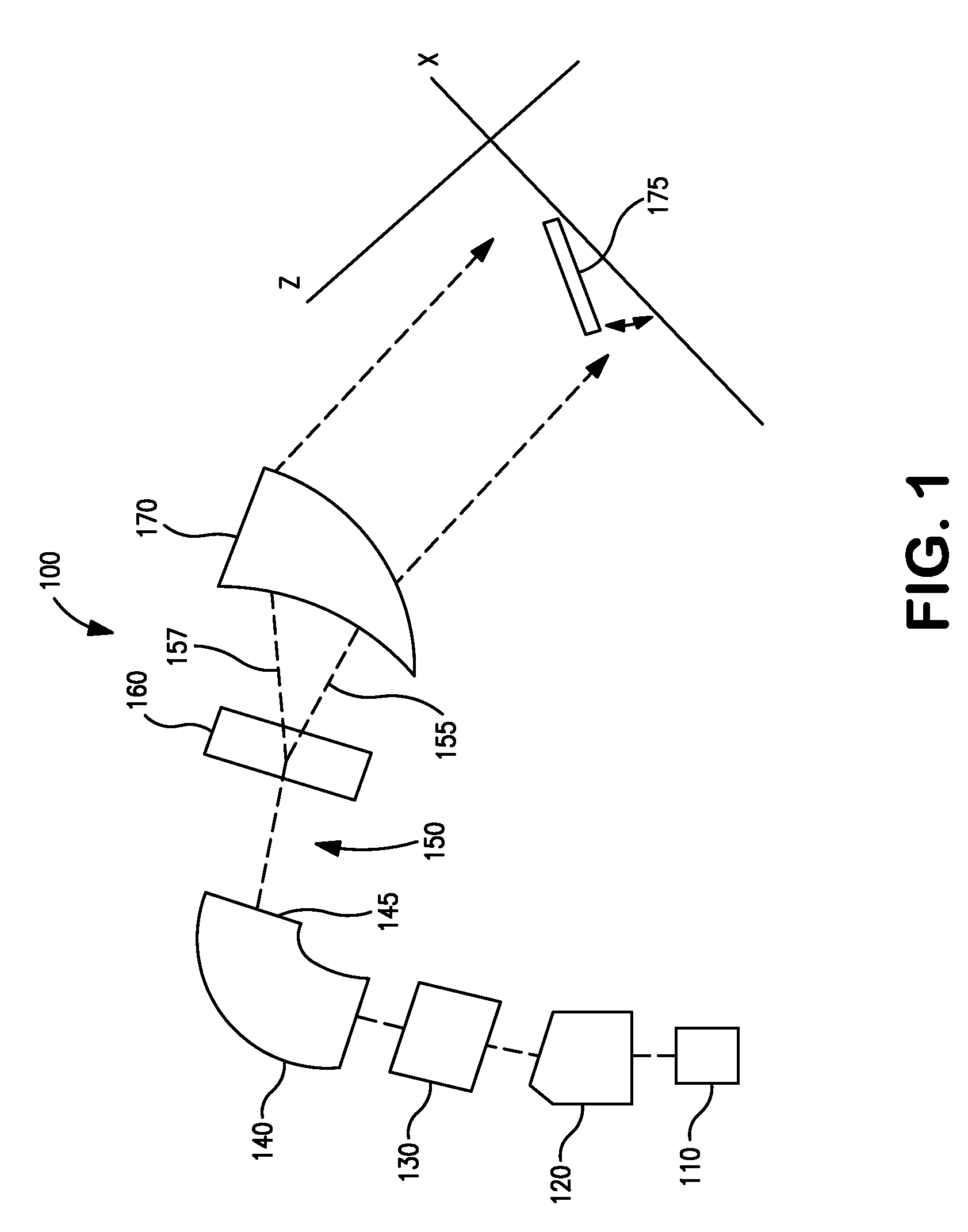Thermal modulation of implant process
a technology of implant process and thermal modulation, which is applied in the field of thermal modulation of implant process, can solve the problems of residual defects, dislocations, stacking faults, and non-homogeneity, and achieve the effects of minimizing eor defects, minimizing amorphous regions, and reducing secondary dopant effects
- Summary
- Abstract
- Description
- Claims
- Application Information
AI Technical Summary
Benefits of technology
Problems solved by technology
Method used
Image
Examples
Embodiment Construction
[0021]As stated above, temperature plays an important role in ion implantation. While many ion implants are done at or close to room temperature, there are benefits to performing implantation at high temperature or low temperature. For example, cryogenic ion implantation is beneficial in a number of applications, for example, in creating ultrashallow junctions in a crystalline silicon wafer. High temperature is useful when implanting germanium epilayers to reduce amorphization.
[0022]The present description discloses various embodiments in which the use of a plurality of temperatures during implant improves the quality and performance of the underlying semiconductor device. It is obvious to one skilled in the art that the following represents only a fraction of the possible uses of the disclosed method and other uses are contemplated and within the scope of the disclosure.
[0023]Ultrashallow junctions (USJ) are increasingly important in current semiconductor processing. Previously, at...
PUM
 Login to View More
Login to View More Abstract
Description
Claims
Application Information
 Login to View More
Login to View More - R&D
- Intellectual Property
- Life Sciences
- Materials
- Tech Scout
- Unparalleled Data Quality
- Higher Quality Content
- 60% Fewer Hallucinations
Browse by: Latest US Patents, China's latest patents, Technical Efficacy Thesaurus, Application Domain, Technology Topic, Popular Technical Reports.
© 2025 PatSnap. All rights reserved.Legal|Privacy policy|Modern Slavery Act Transparency Statement|Sitemap|About US| Contact US: help@patsnap.com



